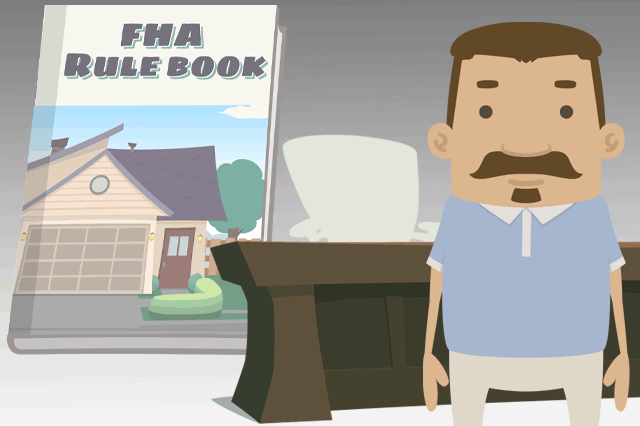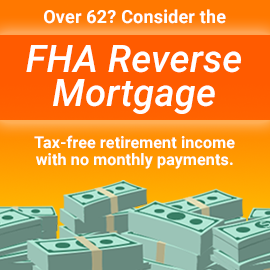How FHA Loans Differ From Conventional Mortgages

FHA loans differ from conventional loans starting with the most basic aspect of purchasing a home: the down payment. Down payment requirements for FHA home loans start with a minimum of 3.5%. Conventional mortgages require higher money up front--as much as 10 to 20% depending on the lender.
FHA home loans have zero penalties for early payoff. They may have lower interest rates and other costs, and FHA loans can be assumed-the borrower is allowed to transfer the loan to another qualified borrower rather than having the borrower apply for a brand new mortgage.
To assume an FHA mortgage isn't automatic; again, the new borrower must qualify with the lender the same as any other home loan applicant.
FHA home loans are also different because of the purpose of an FHA guaranteed single-family home loan. FHA home loans on single-family houses are intended for residences, not for business, time shares, or other non-residential purposes.
According to FHA.gov, "FHA's programs differ from one another primarily in terms of what types of properties and financing are eligible. Except as otherwise stated in this handbook, FHA's single family programs are limited to one- to four-family properties that are owner-occupied principal residences."
FHA mortgage loans are permitted for:
- detached or semi-detached dwellings
- manufactured housing
- townhouses or row houses, or
- individual units within FHA-approved condominium projects.
- commercial enterprises
- boarding houses
- hotels and motels
- tourist houses
- private clubs
- bed and breakfast establishments
- fraternity and sorority houses

Do you know what's on your credit report?
Learn what your score means.







